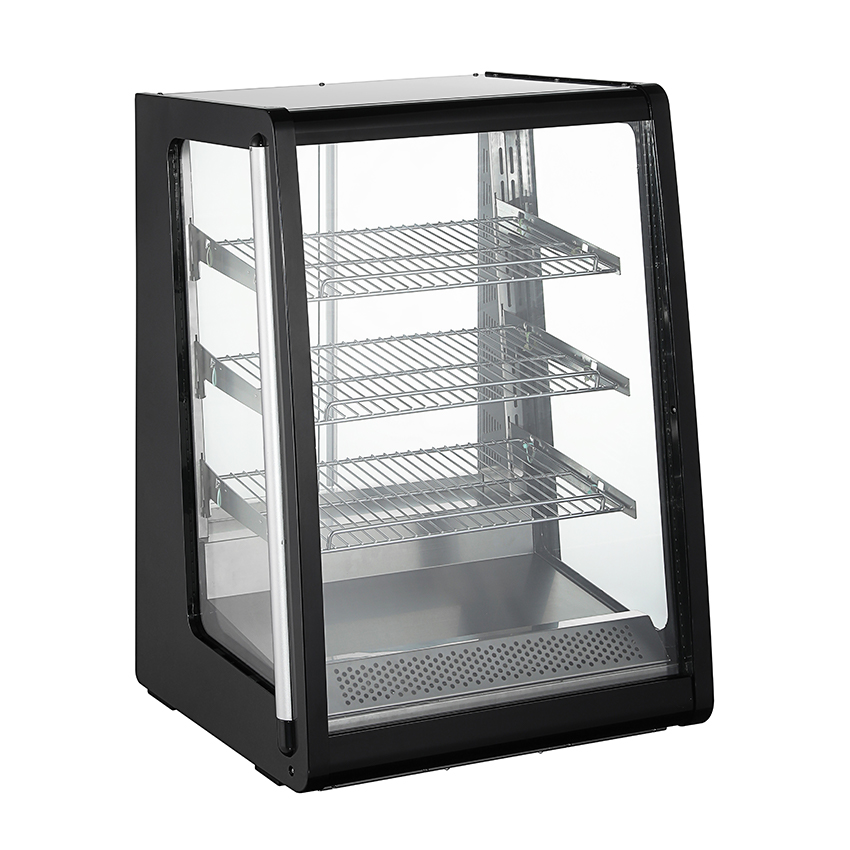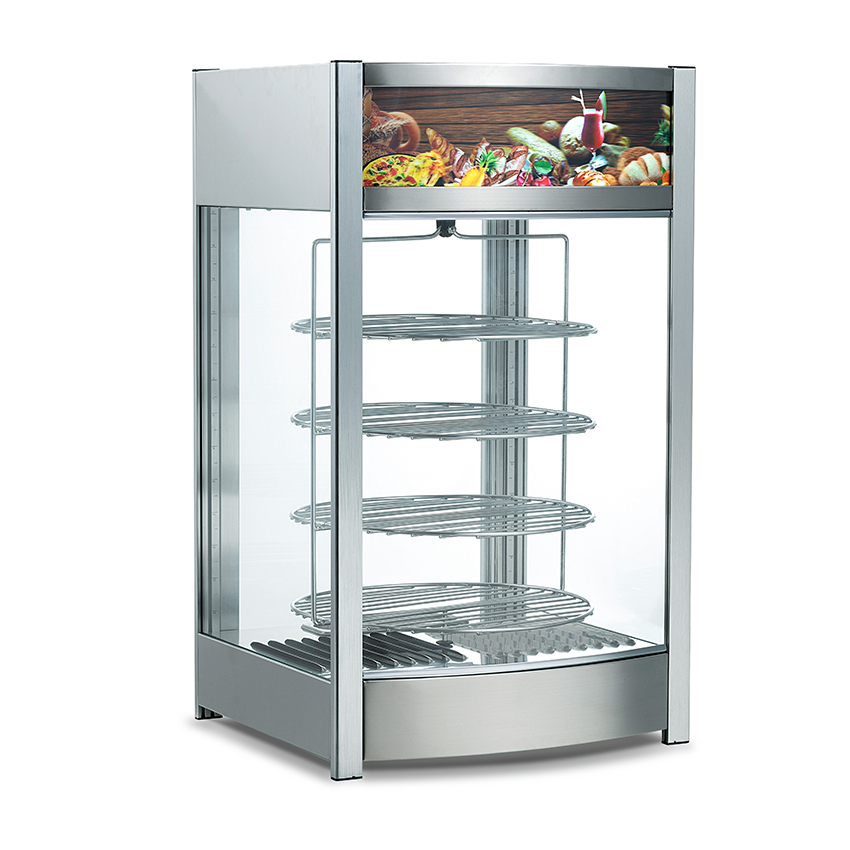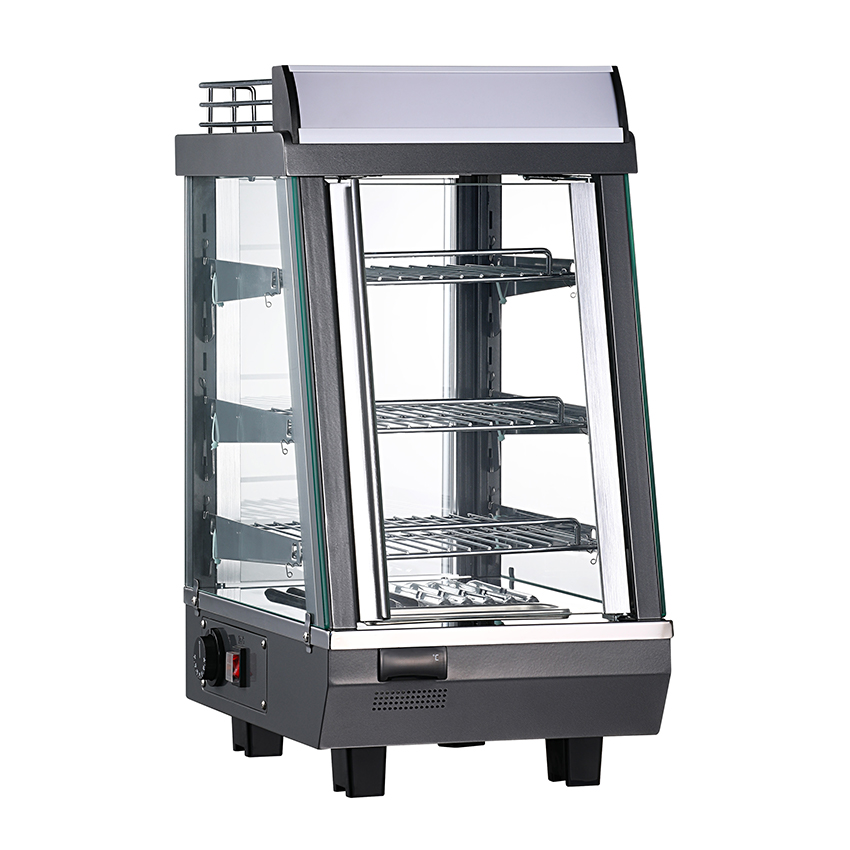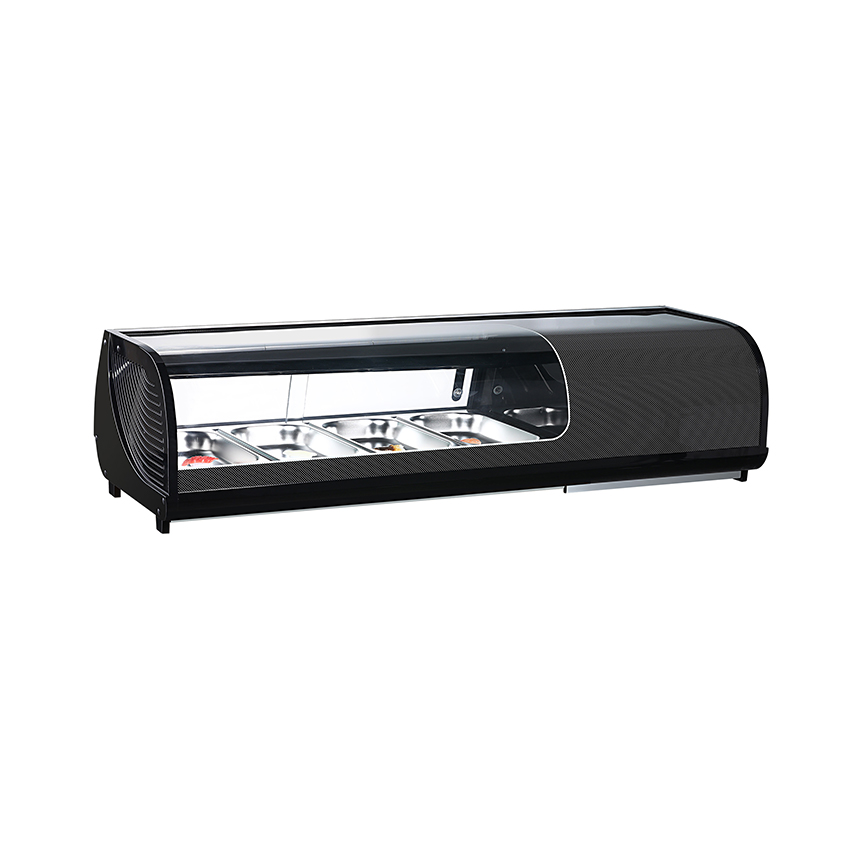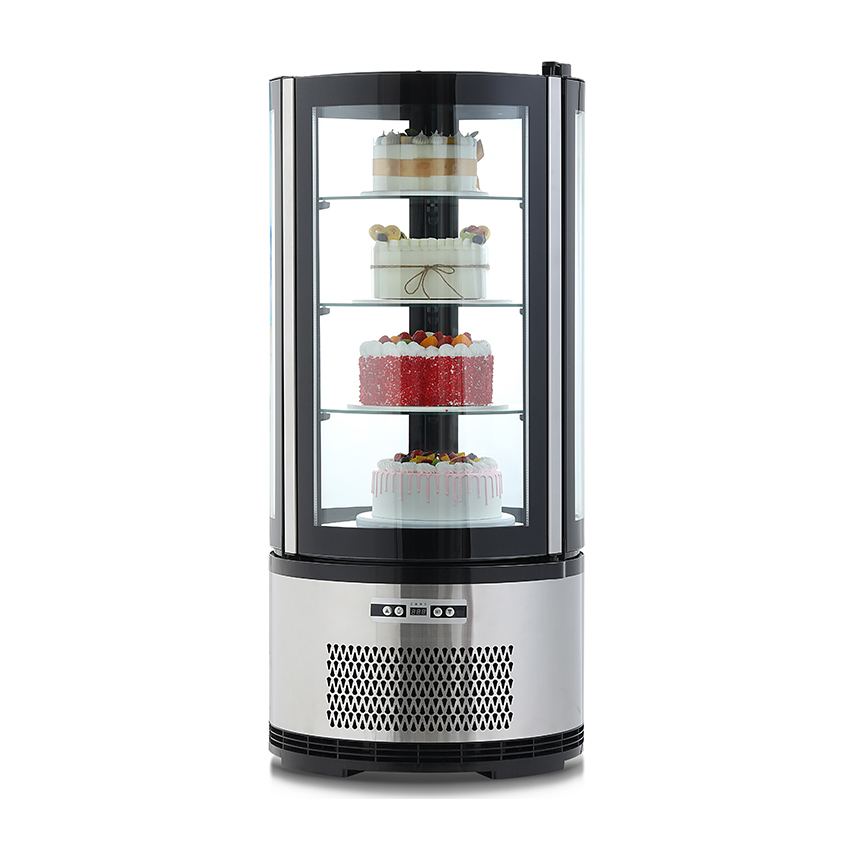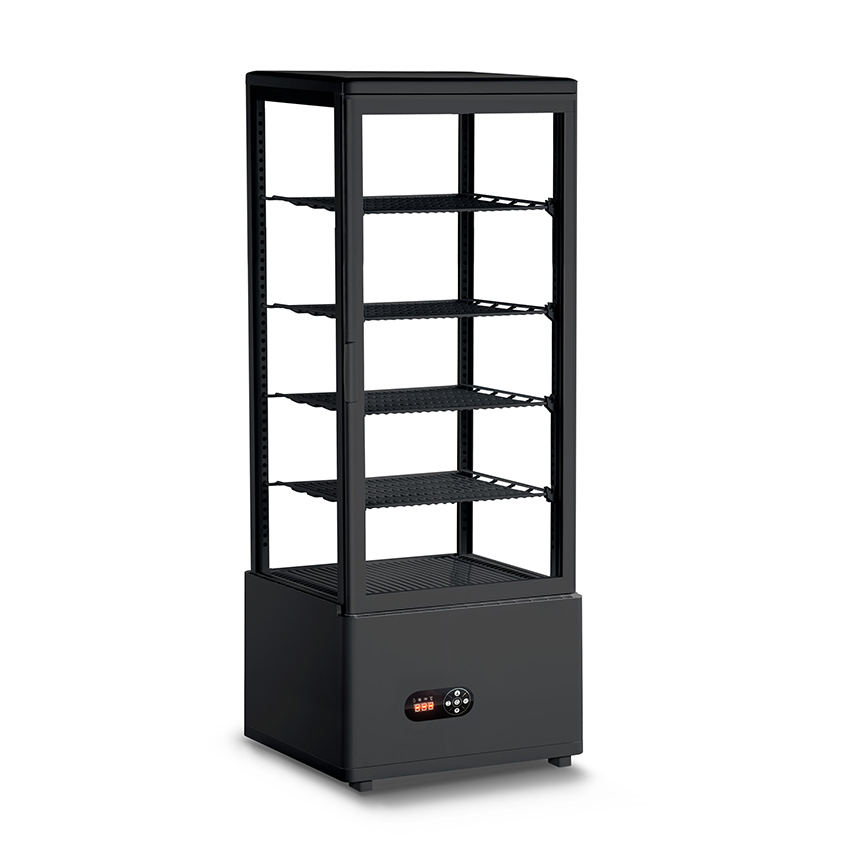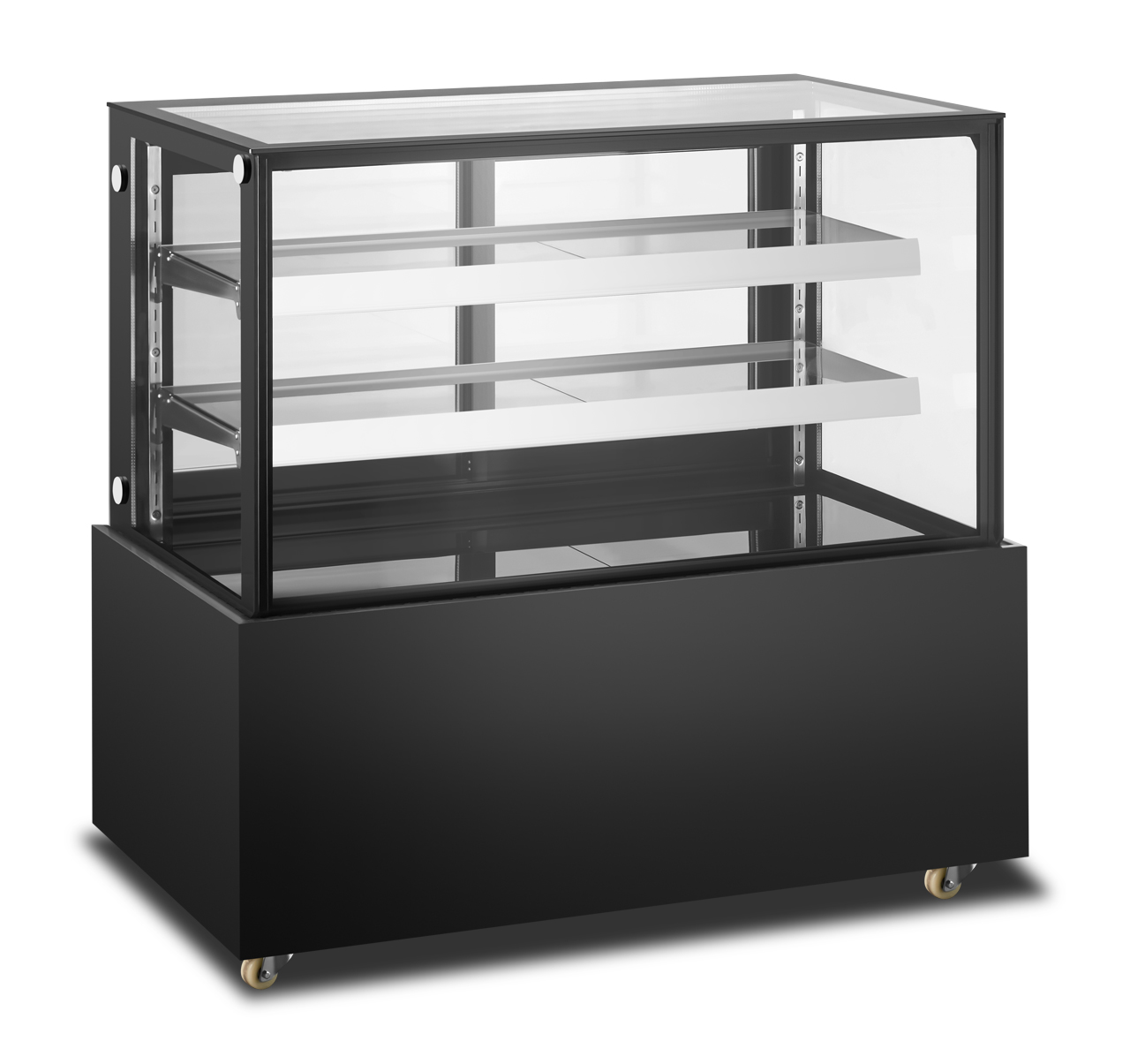Content
1. Display and Attract Customers (Core Function)
Visual Attraction: This is the most important function. The transparent glass design of the sushi display cabinet allows customers to clearly see the colorful and beautifully designed sushi and sashimi inside.
Welcoming Appetite: Fresh ingredients and exquisitely presented plating appear even more appealing under the lighting of the refrigerated cabinet, effectively stimulating customers' desire to buy and their appetite.
Intuitive Selection: Customers can clearly see all available varieties, prices (usually marked on the front of the cabinet or on the sushi tray), portions, and freshness at a glance, without having to consult a menu or ask staff, making it easy to make a quick choice (especially in self-service or takeout settings).
2. Keeping Ingredients Fresh
Maintaining a Low Temperature: The cabinet interior is set at a safe refrigerated temperature (usually between 0°C and 5°C), which is essential for preserving raw fish, seafood, and other perishable ingredients (such as vinegared rice).
Inhibiting Bacterial Growth: A low temperature environment slows bacterial growth, thereby extending the shelf life of sushi and reducing food safety risks. Preserving the texture and flavor of ingredients: Low temperatures help maintain the elasticity and firmness of sashimi, the firmness of rice, the sourness of vinegar, and the crispness of garnishes.
3. Hygiene and Protection
Physical Isolation: Glass covers or transparent doors act as a physical barrier, effectively preventing dust, droplets (from customers or staff talking or coughing), insects, and other potential contaminants from outside air from coming into direct contact with food.
Reducing Cross-Contamination: The relatively enclosed environment reduces the chances of customers coming into direct contact with unpurchased food (except for self-service conveyor belt sushi restaurants) and facilitates hygiene management.
Improving Customer Experience: Clean, tidy, and neatly organized display cases convey food hygiene and safety to customers, fostering a sense of trust.
4. Improving Efficiency and Convenience
Easy Access: At conveyor belt sushi restaurants, a conveyor belt circulates within the sushi display case, allowing customers to easily pick up their own sushi. At traditional sushi bars or takeout counters, staff can quickly open the cabinet door to help customers obtain the sushi they need, improving service efficiency. Neat and orderly: The multi-layer shelves or rotating tracks inside the cabinet make it easy to neatly classify and display different types of sushi, making it easier for customers to find them and for staff to manage inventory.


 English
English русский
русский Español
Español Français
Français عربى
عربى italiano
italiano
